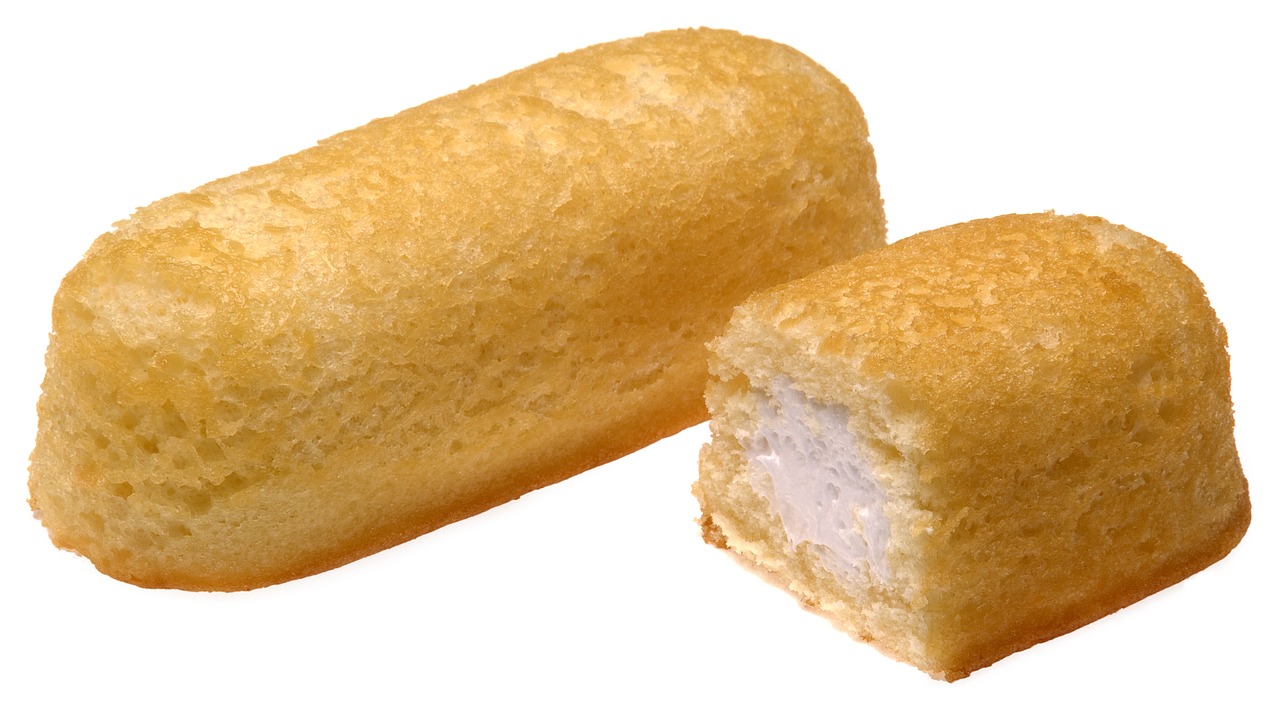Twinkies, the iconic cream-filled snack cake, have long held a curious place in popular culture as a symbol of non-perishability. They are often humorously cited as the one food that could outlast an apocalypse. However, the idea of the ‘immortal’ Twinkie is largely a myth, and relying on them for post-apocalyptic sustenance would be a mistake. Here’s why.
The Origin of the Myth
The notion that Twinkies could last forever seems to stem from a combination of factors. Their packaging, airtight nature, and the absence of dairy in the filling give the impression that they’re built to last. Over time, anecdotes about old Twinkies discovered in basements and attics began to circulate, further cementing the idea of their longevity.
The myth was also popularized by movies, television, and other media. For instance, in the movie Zombieland, Woody Harrelson’s character is on a quest to find the last Twinkie on Earth, a nod to their supposed durability.
But What Does Science Say?
While it’s true that Twinkies have a longer shelf life than some other baked goods, it’s far from indefinite.
- Preservatives: Twinkies contain various preservatives like sorbic acid, which prevent the growth of mold and bacteria [1]. But preservatives can only do so much. Over time, they lose their effectiveness, making older Twinkies susceptible to microbial contamination.
- Moisture Content: The spongy cake and creamy filling contain moisture. Any food with moisture is susceptible to mold growth under the right conditions. Even if mold doesn’t visibly appear, moisture can cause the product to degrade, resulting in an off taste or texture.
- Fats Go Rancid: The oils and fats used in Twinkies can go rancid over time. Rancidity is the result of fats breaking down, often producing an unpleasant odor and taste. The process is sped up by exposure to light, air, and heat [2].
A famous experiment by photographer Colin Purrington, who discovered a box of Twinkies in his basement after eight years, supports these points. When he opened the Twinkies, he found them to be unpalatable, with some showing visible signs of mummification and others having spots suggesting microbial growth [3].
The “Real” Shelf Life of a Twinkie
Officially, Hostess, the company behind Twinkies, gives them a shelf life of just 45 days [4]. This is a far cry from the decades or even centuries sometimes ascribed to them in popular myth. In fact, before 2012, their official shelf life was even shorter: 26 days. The extension in shelf life was not due to any change in the recipe but to changes in the way the product was delivered to stores.
Relying on Twinkies in an Apocalypse
Apart from not being the immortal food source they’re made out to be, Twinkies also aren’t particularly nutritious. In a post-apocalyptic scenario, you’d need a balanced intake of vitamins, minerals, protein, and other nutrients to stay healthy. Twinkies, while delicious to many, are mostly sugar, fat, and refined flour.
Conclusion
The idea of an ever-lasting Twinkie is an amusing piece of popular culture, but it’s just that – a myth. Science tells us that like all food, Twinkies degrade over time, becoming not only unpalatable but potentially unsafe. If you’re planning for the end of the world, it’s best to leave the Twinkies behind and focus on more sustainable and nutritious options.
Sources:
- Collins, C. “Twinkie, Deconstructed”. Penguin, 2007.
- Labuza, T.P., & Dugan, L.R. “Kinetics of lipid oxidation in foods”. Critical Reviews in Food Science and Nutrition, 2(3), 355-405, 1971.
- Purrington, Colin. “The 8-Year-Old Twinkies Project”. Retrieved from: https://colinpurrington.com/2012/11/10-year-old-twinkie-project/.
- Hostess Brands. “Twinkie Shelf Life Now 45 Days”, 2012.


